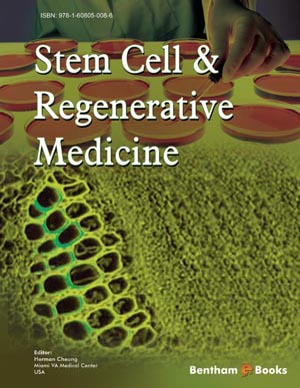Abstract
Stem cells have been isolated and characterized from embryonic, fetal, and adult tissues. The therapeutic and clinical application of embryonic stem cells and fetal stem cells is challenging to the many ethical and political controversies concerning their use. Adult stem cells have been isolated and characterized from a wide variety of tissues including bone marrow, brain, skin, hair follicles, skeletal muscle, adipose tissue, cord blood, dental tissue, and their differentiation potential may reflect their local environment. To date, several sources of dental stem cells have been isolated and being characterized as dental epithelial stem cells, dental pulp stem cells, dental follicle precursor cells, stem cells from human exfoliated deciduous teeth, stem cells from apical papilla, and periodontal ligament stem cellsDental stem cells have been shown to have multipotential by their ability to differentiate into neuronal, adipogenic, myogenic, chondrogenic, osteogenic and dentinogenic cells when cultured under specific conditions. These facilitated studies to address an important property of stem cells, that is, the capacity of a given stem cell population to regenerate an organized, functional tissue following transplantation in vivo. Furthermore, the ready availability of tooth tissues from redundant teeth such as third molars can provide a good supply of dental stem cells that may be utilized for regenerating other body parts or organs.


















